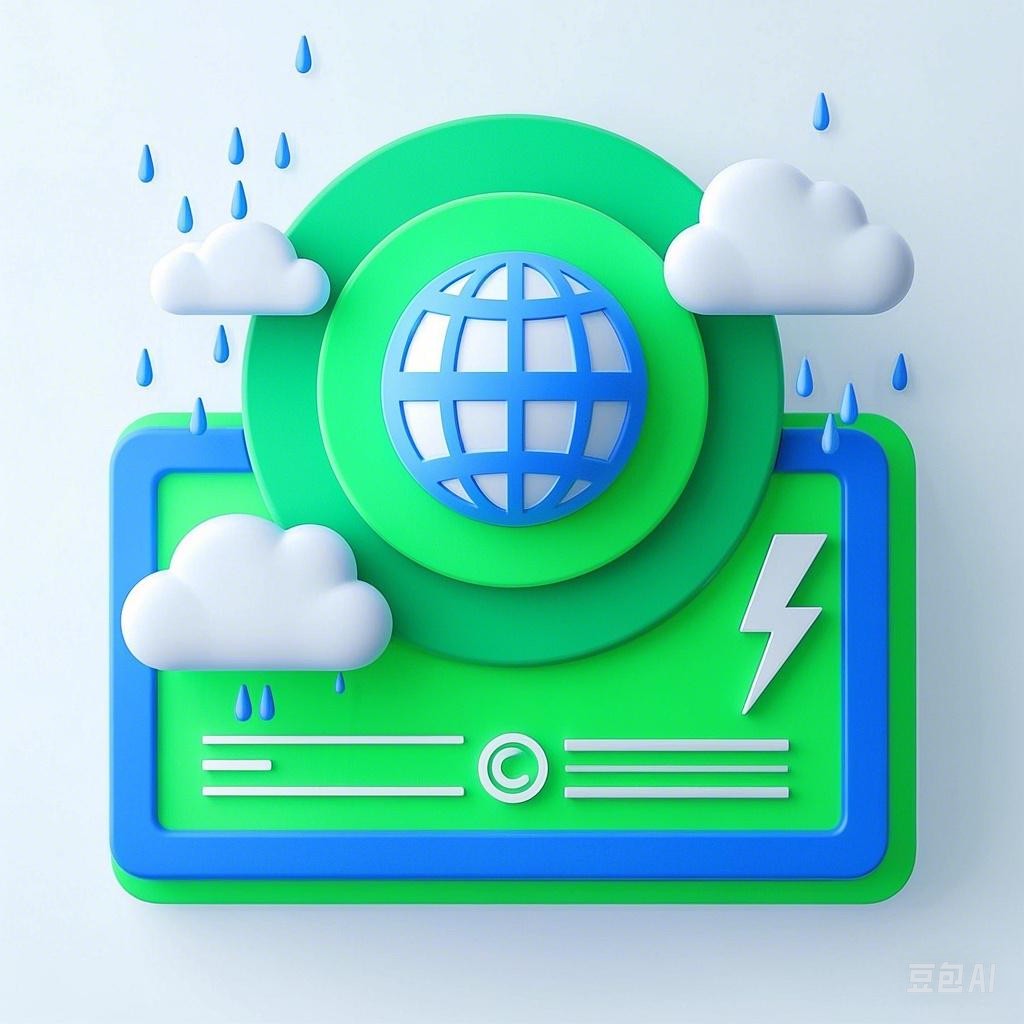Introduction
Natural disasters, such as earthquakes, hurricanes, floods, and wildfires, pose significant challenges to human life and infrastructure. In the aftermath of these catastrophic events, the need for immediate and effective relief efforts becomes paramount. Among the various forms of aid provided during such crises, medicines play a crucial role in saving lives and preventing further health complications. This article explores the importance of medicines in relief efforts and the strategies employed to ensure their effective distribution and utilization.
The Immediate Health Risks Post-Natural Disaster
Following a natural disaster, the risk of infectious diseases and other health issues increases dramatically. The destruction of sanitation systems, overcrowding in shelters, and the presence of debris and waste create ideal conditions for the spread of diseases such as cholera, dysentery, tetanus, and typhoid fever. Additionally, injuries sustained during the disaster, such as fractures and lacerations, require prompt medical attention to prevent infection and complications.
The Role of Medicines in Relief Efforts
1. Preventing and Treating Infections
Antibiotics, antivirals, and antiparasitic medications are essential in preventing and treating infections. For example, doxycycline can be used to treat a range of bacterial infections, while antiviral drugs like oseltamivir (Tamiflu) can help manage outbreaks of influenza. Antiparasitic medications, such as praziquantel, are crucial for treating schistosomiasis and other parasitic infections that are prevalent in areas affected by natural disasters.
2. Managing Injuries
Medicines such as pain relievers (e.g., acetaminophen, ibuprofen), antibiotics (e.g., cephalexin), and antiseptics (e.g., povidone-iodine) are vital for managing injuries. Pain relievers help alleviate discomfort, while antibiotics and antiseptics reduce the risk of infection.
3. Treating Nutritional Deficiencies
Natural disasters often lead to food shortages and disruptions in the supply chain, resulting in malnutrition. Medications such as multivitamins, vitamin C, and vitamin D can help combat nutritional deficiencies and support overall health.
4. Managing Chronic Conditions
Patients with chronic conditions, such as diabetes, hypertension, and asthma, require ongoing medication to manage their conditions. Ensuring these patients have access to their prescribed medications is crucial to prevent complications and hospitalizations.
Strategies for Effective Distribution and Utilization of Medicines
1. Pre-positioning Medicines
One of the most effective strategies for ensuring the availability of medicines during natural disasters is pre-positioning. This involves storing essential medications in strategic locations that are likely to be affected by disasters. Pre-positioning allows for a rapid response and minimizes the time it takes to deliver medicines to affected areas.
2. Training Healthcare Workers
Healthcare workers play a critical role in the distribution and administration of medicines during relief efforts. Training these workers in disaster response, first aid, and the proper use of medications is essential to ensure that medicines are effectively utilized.
3. Collaboration with Local Authorities and International Organizations
Collaboration between local authorities, international organizations, and non-governmental organizations (NGOs) is crucial for the efficient distribution of medicines. This collaboration helps in coordinating efforts, sharing resources, and ensuring that the most vulnerable populations receive the necessary aid.
4. Community Engagement
Engaging with local communities is essential for identifying their specific needs and ensuring that medicines are distributed equitably. Community leaders and volunteers can help in identifying individuals with chronic conditions and ensuring that they receive their prescribed medications.
Conclusion
The power of medicines in relief efforts cannot be overstated. In the wake of natural disasters, these essential commodities play a crucial role in preventing and treating diseases, managing injuries, and supporting overall health. By employing effective strategies for the distribution and utilization of medicines, we can enhance the impact of relief efforts and save more lives during these challenging times.
